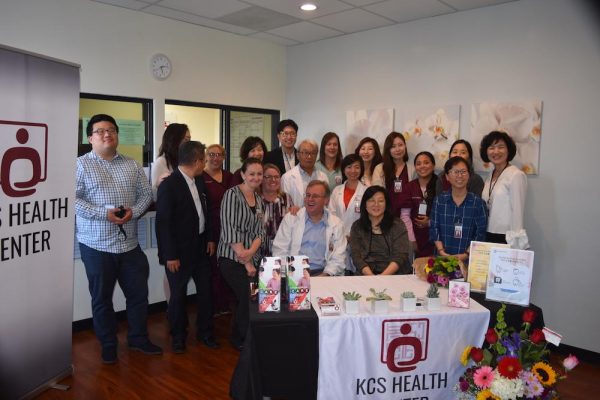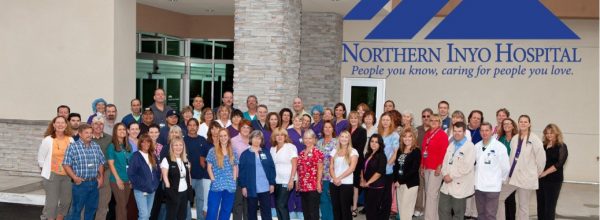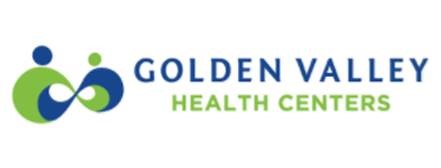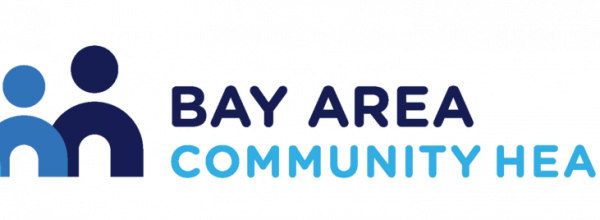CCI spoke with KCS Executive Director Ellen Ahn to learn what her organization has learned as it has rapidly started managing a larger patient population with addiction.
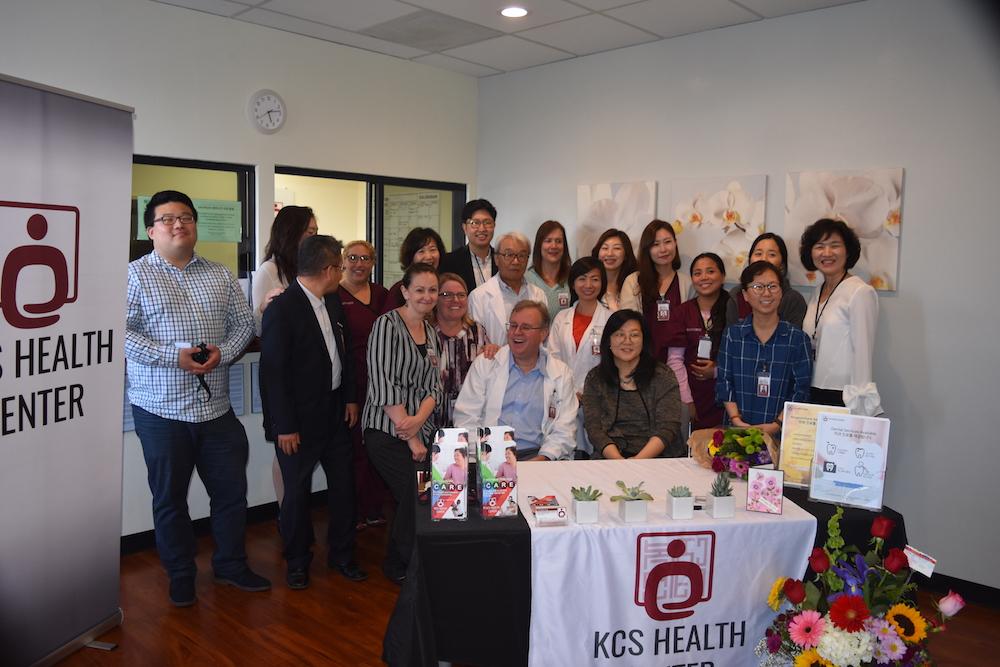
In three months, KCS went from treating 3 patients with MAT to treating 25 patients. Please tell us about this transition. What factors led to your expansion?
Having years of experience as both a Drug Medi-Cal counseling center and a primary care clinic gave us the institutional experience and capacity to expand. Strong partnerships with community stakeholders, including our managed care plan, county behavioral health department and hospitals provided for a referral stream to get the patients in the door. Leadership at our agency who strongly believes in developing a culture of integrated, whole person care which includes MAT for SUD disorders helped overcome initial staff resistance.
What have you learned as you’ve started managing a larger MAT population?
The team approach is essential, and the role of a care navigator is essential. MAT has raised issues that were unexpected (i.e., pharmacy access) that were eventually resolved. There is no one size fits all approach and MAT must be tailored to each patient’s situation.
Can you tell us more about the care navigator role? Do you have any suggestions for teams that want to create the same role in their clinics?
Our addiction care navigator, Stella, is the main point of contact for MAT patients and coordinates care from beginning to end. Stella schedules intakes and conducts ASAM assessments. She also conducts refill groups and manages all patient follow-up, including answering questions, checking on patients after they have been induced, helping patients find pharmacies, etc.)
For clinics that don’t already have a care navigator, we think an ideal person for the role would be someone with experience as both a substance disorder counselor and a medical assistant and someone who is detail-oriented and is able to support each patient and their individual needs. In addition, it’s important to find someone to serve as the connection between the patient and whomever else they need to speak with (provider, pharmacy, family, etc.).
You recently hired an addiction specialist. Please tell us more about their role and how they contribute to your MAT team.
Initially our providers were hesitant to begin prescribing buprenorphine due to lack of experience. Mario San Bartolome, MD (Dr. Mario) was hired as our lead addiction medicine physician, as he had a long history of prescribing buprenorphine. He was able to guide our staff through initial patient visits, prescribing, and follow-up, and was instrumental in helping our staff become more comfortable prescribing. In addition, Dr. Mario led several trainings at our clinic, one of which was an organization-wide stigma training. He attends our weekly MAT meetings where he provides education and support to our physicians and MAT team.
KCS implemented a new policy requiring all prescribers agency wide to have their x-waiver. How did you come to that decision and how is this being implemented?
The decision was easy. We are not a huge entity, and we have a firm belief to foster a culture of integrated care at every level of staffing at our agency. This was a decision between the Executive Director and the Medical Director. Although there was some resistance at first, our offer to pay for the time to get the training and our strong suggestion that this is critical to our mission allowed for an environment where compliance was easy to implement. All of our prescribers are at various stages of training, but we anticipate that every provider will be x-waivered soon. Newly hired providers will only be hired if x-waivered or if they agree to training upon commencement of employment.
You recently held an all agency training on MAT and stigma. Can you tell us more about the training — what content did you include, how was it received, and did it have the impact you hoped it would? What recommendations would you make to other teams looking to conduct agency-wide trainings?
Our trainings are ongoing with different staff groups. As we mentioned previously, Dr. Mario led our first training, which was a success. The training covered the biological and medical reasons that de-stigmatized addiction and was well received and well worth the investment in bringing our team the expertise in addiction medicine. The only recommendation we would make is that it takes commitment in resources and time to address stigma and without the institutional investment, reversing the culture of stigma is difficult.
KCS plans to launch a mini-clinic that will integrate behavioral health and primary care services. Please tell us about the implementation process. Who on your MAT team is involved?
We are planning to add MAT services at one of our sites that is currently used more for counseling and other non-clinical services. We’re doing this to expand access to MAT to more sites within our system. We also heard from patients that they didn’t necessarily want to go to a medical clinic to receive MAT. Our primary care provider, care navigator, medical assistant, therapist and other support staff will be involved initially at this mini-site. One day a week a provider will do medical evaluations and physical exams, in addition to prescribing medications for addiction treatment. We are ready to launch soon, as we just received approval from HRSA.
Is there anything else you would like to share with the ATSH network?
MAT is incredibly rewarding. With years of experience as an outpatient treatment provider, we have provided counseling to thousands of clients battling SUD. The addition of MAT has been transformative as it gives us a powerful tool to curb cravings in the critical stage when a client has decided to move toward doing something about addiction. Although early, we predict that our success rate for treatment with MAT will be much, much higher than behavioral health treatment alone.
Find this useful or interesting? We’re constantly sharing stuff like this. Sign up to receive our newsletter to stay in the loop.

